Home>Gardening & Outdoor>Outdoor Recreation & Activities>How To Cut In Ultimate Frisbee
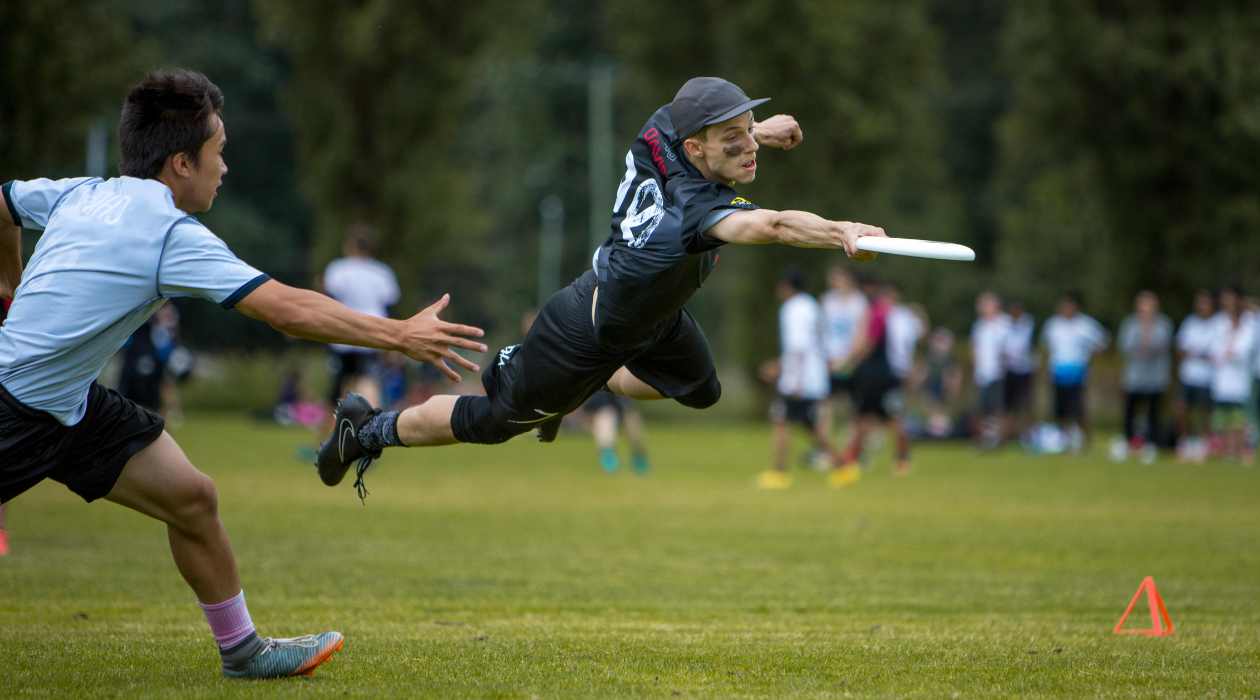

Outdoor Recreation & Activities
How To Cut In Ultimate Frisbee
Modified: September 2, 2024
Learn the best techniques for cutting in ultimate frisbee and improve your outdoor recreation and activities skills. Master the art of making quick, effective moves on the field.
(Many of the links in this article redirect to a specific reviewed product. Your purchase of these products through affiliate links helps to generate commission for Storables.com, at no extra cost. Learn more)
Introduction
Ultimate Frisbee is an exhilarating sport that combines the non-stop movement of soccer with the aerial passing skills of football. At the heart of this dynamic game is the art of cutting, a fundamental skill that separates the average players from the exceptional ones. Cutting involves strategic movements to create space, deceive opponents, and receive passes from teammates. Whether you're a novice player looking to enhance your skills or a seasoned athlete aiming to refine your cutting techniques, this guide will provide valuable insights to elevate your performance on the field.
In this comprehensive article, we will delve into the intricacies of cutting in Ultimate Frisbee, exploring the fundamental principles, advanced techniques, and strategic considerations that can significantly impact your effectiveness as a cutter. By understanding the nuances of cutting, you will not only elevate your individual performance but also contribute to the overall success of your team.
Throughout this guide, we will uncover the key elements that define successful cutting, including agility, timing, communication, and spatial awareness. Moreover, we will explore the tactical aspects of creating space, exploiting defensive positioning, and executing precise movements to outmaneuver opponents. Whether you're making decisive cuts to receive a pass or clearing space for a teammate, mastering the art of cutting is essential for any player striving to excel in Ultimate Frisbee.
As we embark on this journey to unravel the secrets of effective cutting, it's important to approach this skill with an open mind and a willingness to embrace continuous improvement. By honing your cutting abilities, you will not only enhance your on-field performance but also deepen your appreciation for the strategic intricacies that make Ultimate Frisbee such a captivating and dynamic sport.
So, let's dive into the world of cutting in Ultimate Frisbee, where precision, agility, and strategic acumen converge to elevate the game to new heights. Whether you're sprinting downfield to create separation from your defender or making a lightning-quick change of direction to shake off coverage, the art of cutting is a mesmerizing dance of athleticism and strategy that defines the essence of Ultimate Frisbee.
Key Takeaways:
- Mastering cutting in Ultimate Frisbee involves agility, timing, and teamwork to create space and receive passes. It’s a dynamic dance of athleticism and strategy that elevates the game.
- Effective cutting in Ultimate Frisbee requires players to synchronize timing, anticipate passes, and communicate non-verbally. It’s a symphony of movements that amplifies offensive prowess.
Read more: Why Is It Called Ultimate Frisbee?
Understanding the Basics of Cutting
Cutting in Ultimate Frisbee is a fundamental skill that involves strategic movements to create separation from defenders and position oneself to receive a pass. At its core, cutting is about agility, timing, and spatial awareness. It requires players to anticipate the flow of the game, read the positioning of opponents, and execute precise movements to gain an advantage.
Agility and Speed
The essence of cutting lies in the ability to swiftly change direction and accelerate explosively. A successful cutter must possess exceptional agility to evade defenders and create space for receiving passes. Agility enables players to make sudden, unpredictable movements that keep defenders off balance and open up opportunities for offensive plays.
Timing and Precision
Effective cutting hinges on impeccable timing and precision. A well-timed cut can exploit defensive vulnerabilities and create windows of opportunity for a teammate to deliver a pass. Understanding the rhythm of the game and synchronizing cuts with the actions of teammates are crucial aspects of mastering the art of cutting. Precision in movement and timing ensures that a cutter maximizes the chances of successfully receiving a pass.
Spatial Awareness
Spatial awareness is a cornerstone of successful cutting. It involves understanding the positioning of teammates, defenders, and the disc to make informed decisions about when and where to make a cut. A keen sense of spatial awareness allows players to identify open spaces, exploit defensive gaps, and position themselves optimally to receive a pass. By constantly assessing the field and anticipating the movements of others, a cutter can make strategic decisions that enhance their effectiveness on the field.
Read more: Who Created Ultimate Frisbee?
Deception and Change of Direction
Effective cutting often involves elements of deception and sudden changes of direction. By utilizing fakes, misdirection, and swift changes in movement, a cutter can confound defenders and create separation. Deceptive maneuvers, such as fake cuts or sudden shifts in direction, can disrupt defensive coverage and create opportunities for a cutter to gain a positional advantage.
In essence, understanding the basics of cutting in Ultimate Frisbee is about embracing the dynamic interplay of agility, timing, spatial awareness, and strategic deception. By mastering these foundational elements, players can elevate their cutting abilities and make meaningful contributions to their team's offensive prowess.
Developing Cutting Techniques
Mastering cutting techniques in Ultimate Frisbee is a continuous journey of refinement and skill development. As players seek to elevate their performance on the field, honing cutting techniques becomes paramount. This section delves into the nuanced aspects of developing cutting techniques, encompassing a range of skills and strategies that can empower players to become more dynamic and effective cutters.
Footwork and Acceleration
Footwork forms the foundation of cutting techniques, dictating a player's ability to swiftly change direction and accelerate explosively. Developing precise footwork involves honing the mechanics of pivoting, planting, and propelling forward with maximum speed. Players can enhance their footwork through agility drills, ladder exercises, and focused practice sessions aimed at refining their ability to make sharp, decisive movements on the field.
Reading Defensive Positioning
A crucial aspect of developing cutting techniques is the ability to read and react to defensive positioning. By analyzing the movements and positioning of defenders, players can anticipate openings and exploit defensive vulnerabilities. This skill involves keen observation, quick decision-making, and the capacity to adjust cutting routes based on the shifting dynamics of defensive coverage.
Read more: What Is A Turnover In Ultimate Frisbee?
Cutting Variations and Routes
Diversifying cutting techniques by mastering various cutting routes and patterns is essential for keeping defenders guessing and creating diverse offensive opportunities. Players can develop proficiency in straight cuts, diagonal cuts, and curved cuts, each tailored to exploit different defensive scenarios. By mastering a repertoire of cutting variations, players can adapt to the evolving dynamics of the game and maintain unpredictability in their offensive maneuvers.
Bursting into Space
The ability to burst into open space with explosive acceleration is a hallmark of exceptional cutting techniques. Players must develop the instinct to recognize and capitalize on fleeting opportunities to break free from defensive coverage. This skill demands a combination of speed, timing, and spatial awareness, allowing players to swiftly position themselves in prime receiving areas and create separation from defenders.
Body Control and Balance
Refining cutting techniques involves cultivating superior body control and balance. Players must develop the capacity to make rapid directional changes while maintaining stability and control. This entails honing proprioception, core strength, and agility to execute precise movements with poise and stability, even in high-pressure situations.
Continuous Improvement
Ultimately, developing cutting techniques is an ongoing process of continuous improvement. Players are encouraged to seek feedback, engage in deliberate practice, and embrace a growth mindset to refine their cutting abilities. By consistently refining footwork, reading defensive cues, mastering cutting variations, and enhancing burst speed and body control, players can elevate their cutting techniques to new heights, making significant contributions to their team's offensive prowess.
In essence, the development of cutting techniques in Ultimate Frisbee is a multifaceted endeavor that demands dedication, strategic acumen, and a relentless pursuit of excellence. By embracing the intricacies of footwork, defensive reading, cutting variations, bursting into space, body control, and a commitment to continuous improvement, players can transform into dynamic and impactful cutters, shaping the course of the game with their precision and agility.
Read more: Ultimate Frisbee: How To Throw A Flick
Creating Space for Cutting
Creating space for cutting in Ultimate Frisbee is a strategic art that involves manipulating defensive positioning, exploiting gaps in coverage, and orchestrating movements to open up passing lanes. As a fundamental aspect of offensive play, the ability to generate space empowers cutters to position themselves advantageously and increases the likelihood of successful receptions. This section explores the nuanced tactics and principles behind creating space for cutting, shedding light on the dynamic strategies that elevate a team's offensive capabilities.
Exploiting Defensive Overcommitment
One effective method of creating space for cutting involves exploiting defensive overcommitment. By drawing defenders towards specific areas of the field through coordinated movements and strategic positioning, offensive players can create voids in other areas. This strategic manipulation forces defenders to make choices, often leading to overcommitment and leaving exploitable gaps for cutters to capitalize on.
Clearing Space through Strategic Movement
Strategic movement plays a pivotal role in creating space for cutting. Players can execute deliberate movements to clear space for teammates, disrupting defensive coverage and opening up passing lanes. This can be achieved through decoy runs, clearing out from congested areas, or setting screens to impede defenders and create opportunities for unimpeded cutting routes.
Utilizing Teammate Support
Collaborative teamwork is essential in creating space for cutting. Players can leverage the support of teammates to orchestrate coordinated movements that disorient defenders and create openings. By synchronizing cuts, setting picks, and providing strategic support, teammates can work in unison to manipulate defensive positioning and carve out space for cutters to exploit.
Dynamic Off-Ball Movement
Dynamic off-ball movement is a potent tool for creating space in Ultimate Frisbee. Players can engage in purposeful off-ball actions, such as making sharp cuts, changing speeds, and creating diversionary movements to unsettle defenders and create windows of opportunity for cutting. This dynamic movement not only confounds defenders but also sets the stage for seamless offensive execution.
Expanding Passing Options
Creating space for cutting involves expanding passing options through strategic positioning. By spreading out across the field and maintaining dynamic positioning, offensive players can stretch the defense, forcing opponents to cover a wider area. This strategic spreading of players creates gaps and seams in the defensive structure, providing cutters with enhanced opportunities to exploit open space.
In essence, creating space for cutting in Ultimate Frisbee is a multifaceted endeavor that demands strategic acumen, collaborative teamwork, and dynamic off-ball movements. By leveraging tactics such as exploiting defensive overcommitment, clearing space through strategic movement, utilizing teammate support, engaging in dynamic off-ball movement, and expanding passing options, teams can orchestrate a symphony of movements that disrupt defensive cohesion and pave the way for dynamic cutting opportunities.
Utilizing Timing and Communication
In the realm of Ultimate Frisbee, the seamless interplay of timing and communication serves as a linchpin for successful cutting maneuvers. The fusion of these two elements not only amplifies the effectiveness of individual cuts but also fosters a cohesive and synchronized offensive unit. Let's delve into the intricate dynamics of utilizing timing and communication to elevate cutting strategies on the field.
Synchronizing Timing with Teammates
The art of cutting hinges on the ability to synchronize timing with teammates' movements and passing actions. A well-timed cut not only maximizes the probability of receiving a pass but also minimizes the risk of turnovers. Players must develop an intuitive sense of timing, aligning their cuts with the positioning and actions of teammates to create harmonious offensive sequences. This synchronization demands acute awareness of teammates' intentions and the capacity to anticipate passing windows, enabling cutters to seamlessly integrate into the flow of the game.
Read more: What Colleges Have Ultimate Frisbee Teams?
Anticipating Passing Trajectories
Effective cutting is intricately linked to the anticipation of passing trajectories. Cutters must adeptly read the intentions of the thrower, predicting the flight path of the disc and adjusting their cuts accordingly. By gauging the velocity, angle, and intended destination of the pass, cutters can optimize their timing to intersect with the disc's trajectory at the opportune moment. This anticipatory skill not only enhances the likelihood of successful receptions but also minimizes defensive interventions, amplifying the potency of offensive plays.
Non-Verbal Cues and Gestures
Non-verbal communication plays a pivotal role in orchestrating cutting sequences. Through subtle cues, gestures, and eye contact, players can convey their intentions and coordinate movements without relying solely on verbal exchanges. Non-verbal communication fosters a seamless and swift exchange of information, enabling cutters to telegraph their intentions to teammates and synchronize their actions with precision. This non-verbal dialogue augments the fluidity of offensive maneuvers, fostering a dynamic and cohesive playing style.
Vocal Coordination and Strategic Calls
In the cacophony of the game, vocal coordination and strategic calls serve as vital instruments for orchestrating cutting strategies. Players must employ clear and concise verbal cues to signal their intentions, alert teammates to impending cuts, and coordinate movements with precision. Strategic calls, such as signaling for timing adjustments or alerting teammates to defensive vulnerabilities, fortify the collective awareness of the team, fostering a unified and responsive offensive unit.
Adaptive Communication in Dynamic Situations
Adaptive communication is indispensable in dynamic game scenarios. Cutters must possess the agility to adapt their communication and timing in response to evolving defensive pressures and positional dynamics. This adaptive prowess enables players to recalibrate their cutting strategies, modify timing cues, and pivot their movements to exploit emerging opportunities. By remaining attuned to the ever-changing landscape of the game, cutters can leverage adaptive communication to navigate defensive challenges and capitalize on fleeting offensive openings.
In essence, the fusion of timing and communication in Ultimate Frisbee is a symphonic orchestration of individual movements and collective cohesion. By synchronizing timing with teammates, anticipating passing trajectories, leveraging non-verbal cues, employing vocal coordination, and embracing adaptive communication, cutters can elevate their offensive prowess, crafting a tapestry of seamless and dynamic cutting maneuvers that propel their team towards success.
Conclusion
In the realm of Ultimate Frisbee, the art of cutting stands as a cornerstone of offensive prowess, embodying the fusion of athleticism, strategy, and seamless coordination. As we conclude this comprehensive exploration of cutting in Ultimate Frisbee, it becomes evident that the mastery of cutting transcends mere physical agility, encompassing a tapestry of strategic acumen, dynamic teamwork, and relentless pursuit of excellence.
The journey through the intricacies of cutting has unveiled the fundamental principles that underpin this dynamic skill. From the foundational elements of agility, timing, and spatial awareness to the nuanced tactics of creating space, synchronizing timing, and leveraging communication, the art of cutting emerges as a captivating dance of precision and collaboration.
As players embark on the quest to refine their cutting techniques, it becomes apparent that the pursuit of excellence in cutting is a continuous odyssey of growth and refinement. The development of cutting techniques demands unwavering dedication, a thirst for improvement, and a profound understanding of the symbiotic relationship between individual prowess and collective synergy.
Ultimately, the essence of cutting in Ultimate Frisbee transcends the mere act of receiving a pass; it embodies the spirit of strategic ingenuity, the poetry of synchronized movements, and the symphony of collaborative play. It is a testament to the dynamic interplay of athleticism and intellect, where players orchestrate a ballet of cuts, fakes, and bursts of speed to outmaneuver opponents and elevate the game to new heights.
As players venture forth from this exploration of cutting, armed with newfound insights and a deeper appreciation for the intricacies of this skill, they carry with them the torch of innovation and the spirit of relentless pursuit. The art of cutting in Ultimate Frisbee is not merely a skill; it is a testament to the indomitable human spirit, the unyielding pursuit of excellence, and the unwavering commitment to the relentless pursuit of perfection.
In the grand tapestry of Ultimate Frisbee, cutting stands as a testament to the boundless potential of human athleticism, strategic acumen, and collaborative synergy. It is a testament to the enduring spirit of innovation, the unyielding pursuit of excellence, and the unwavering commitment to the relentless pursuit of perfection. As players carry forth the wisdom gleaned from this exploration, they embark on a journey that transcends the boundaries of the field, embracing the ethos of continuous improvement and the relentless pursuit of greatness.
Frequently Asked Questions about How To Cut In Ultimate Frisbee
Was this page helpful?
At Storables.com, we guarantee accurate and reliable information. Our content, validated by Expert Board Contributors, is crafted following stringent Editorial Policies. We're committed to providing you with well-researched, expert-backed insights for all your informational needs.
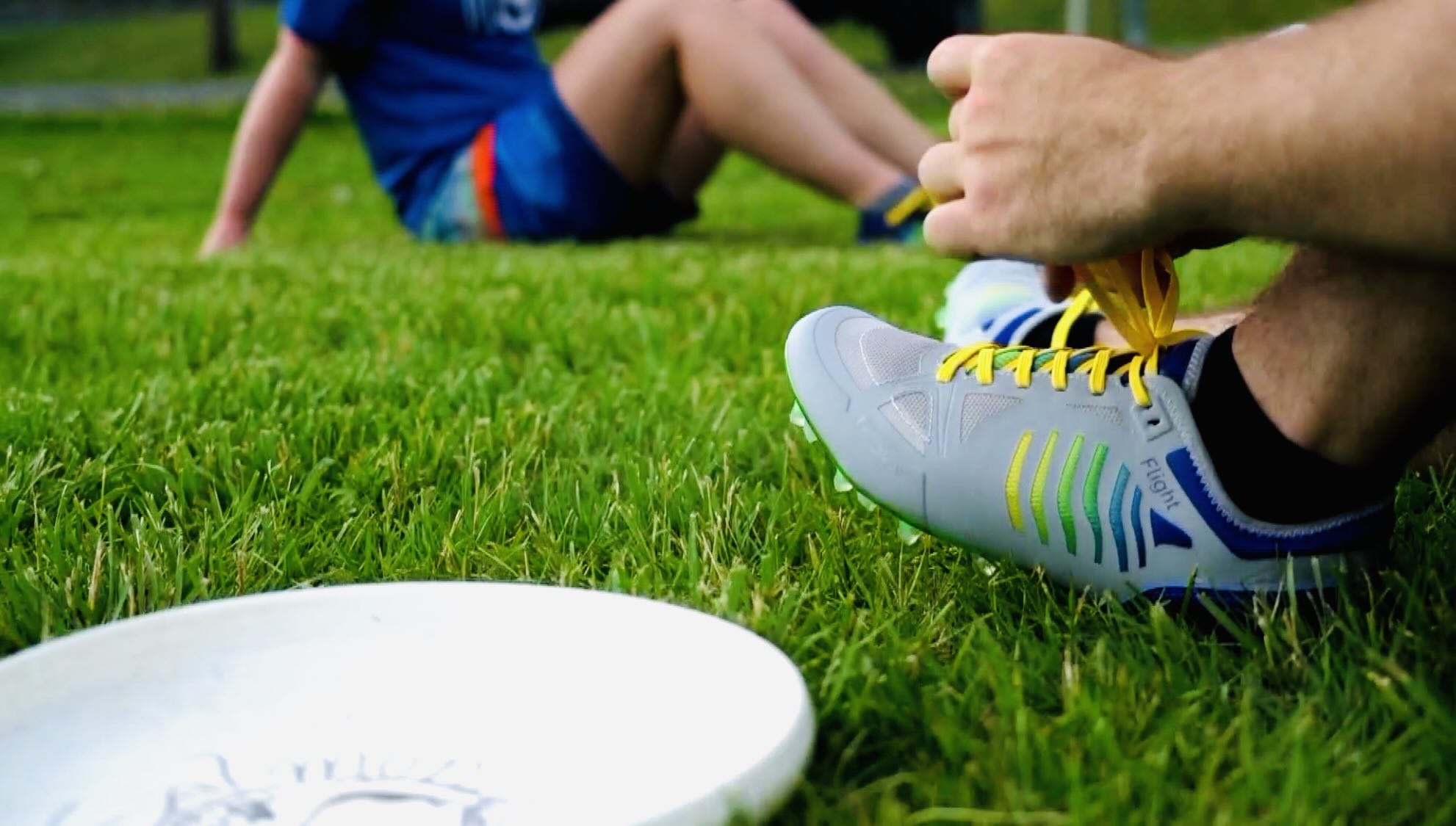
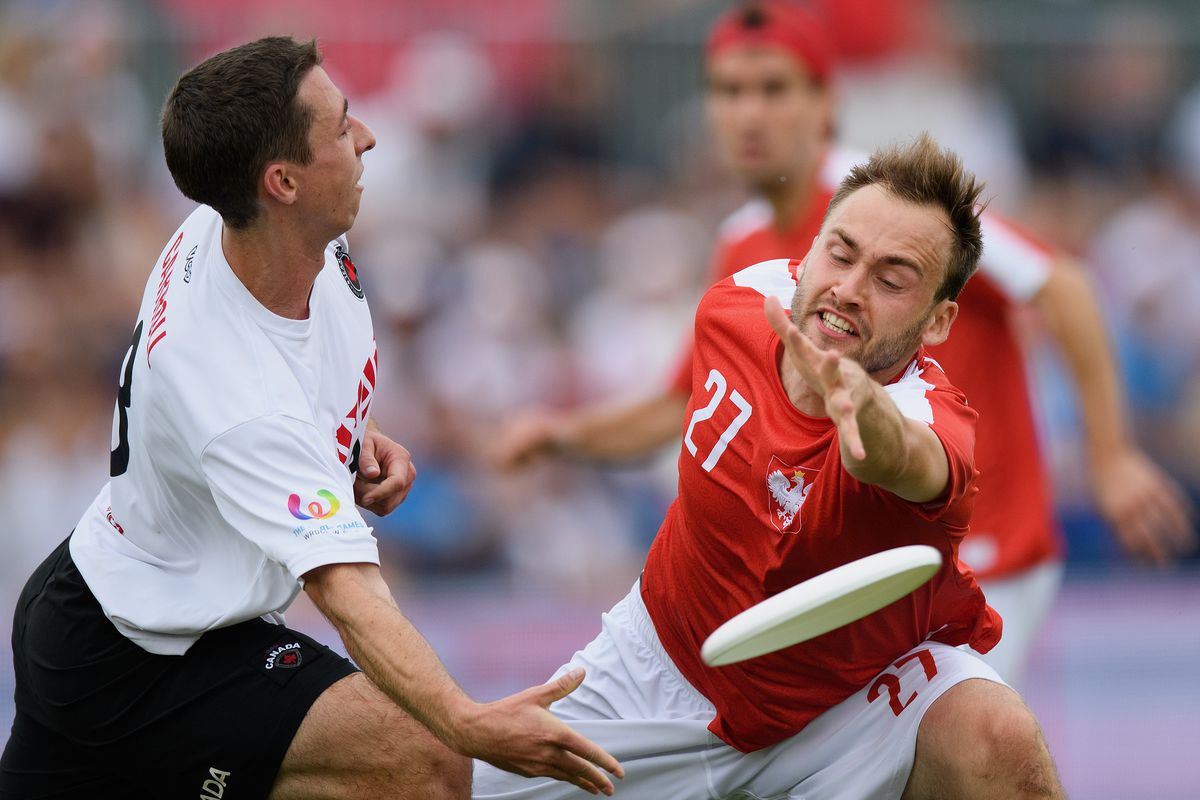


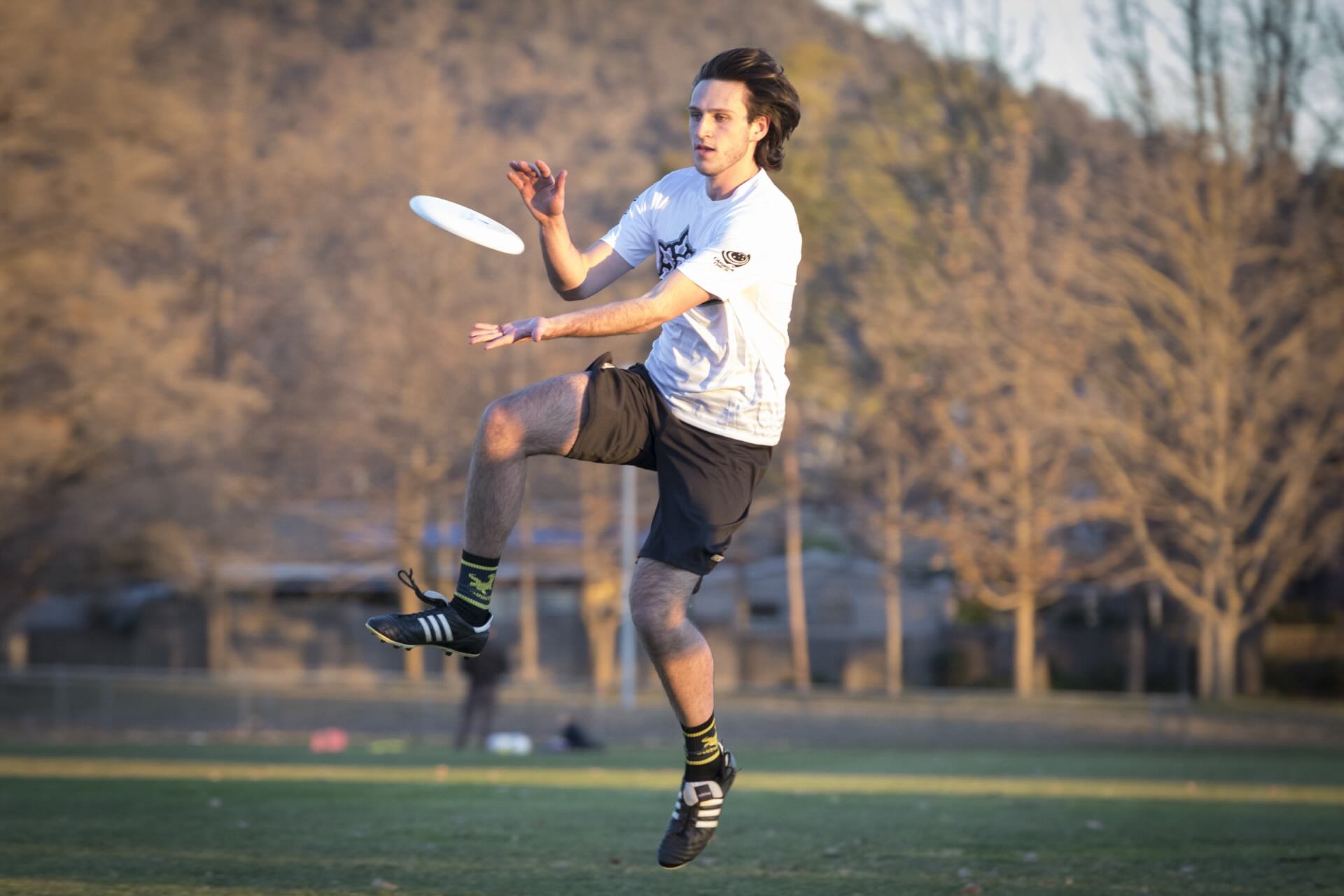


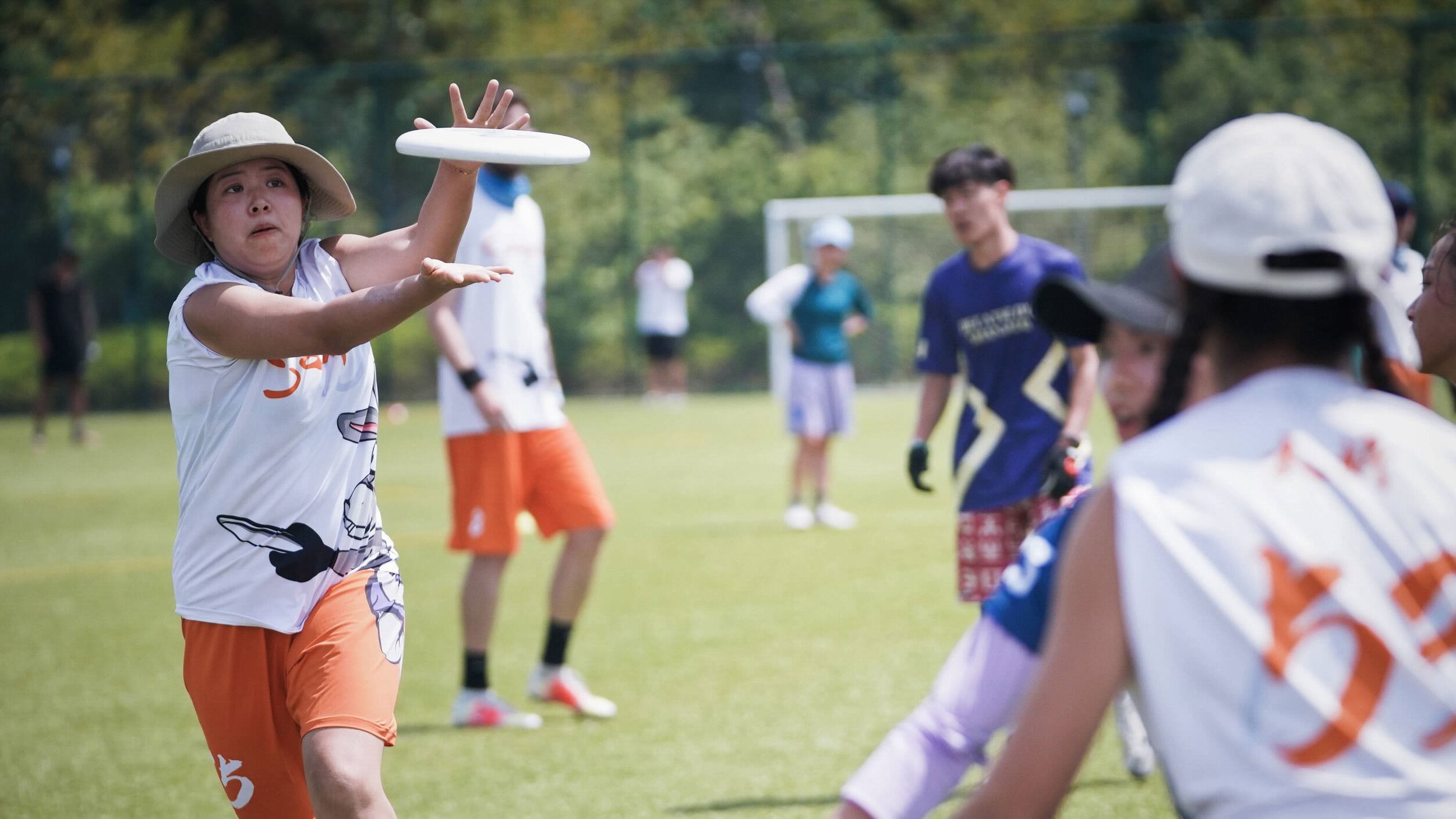
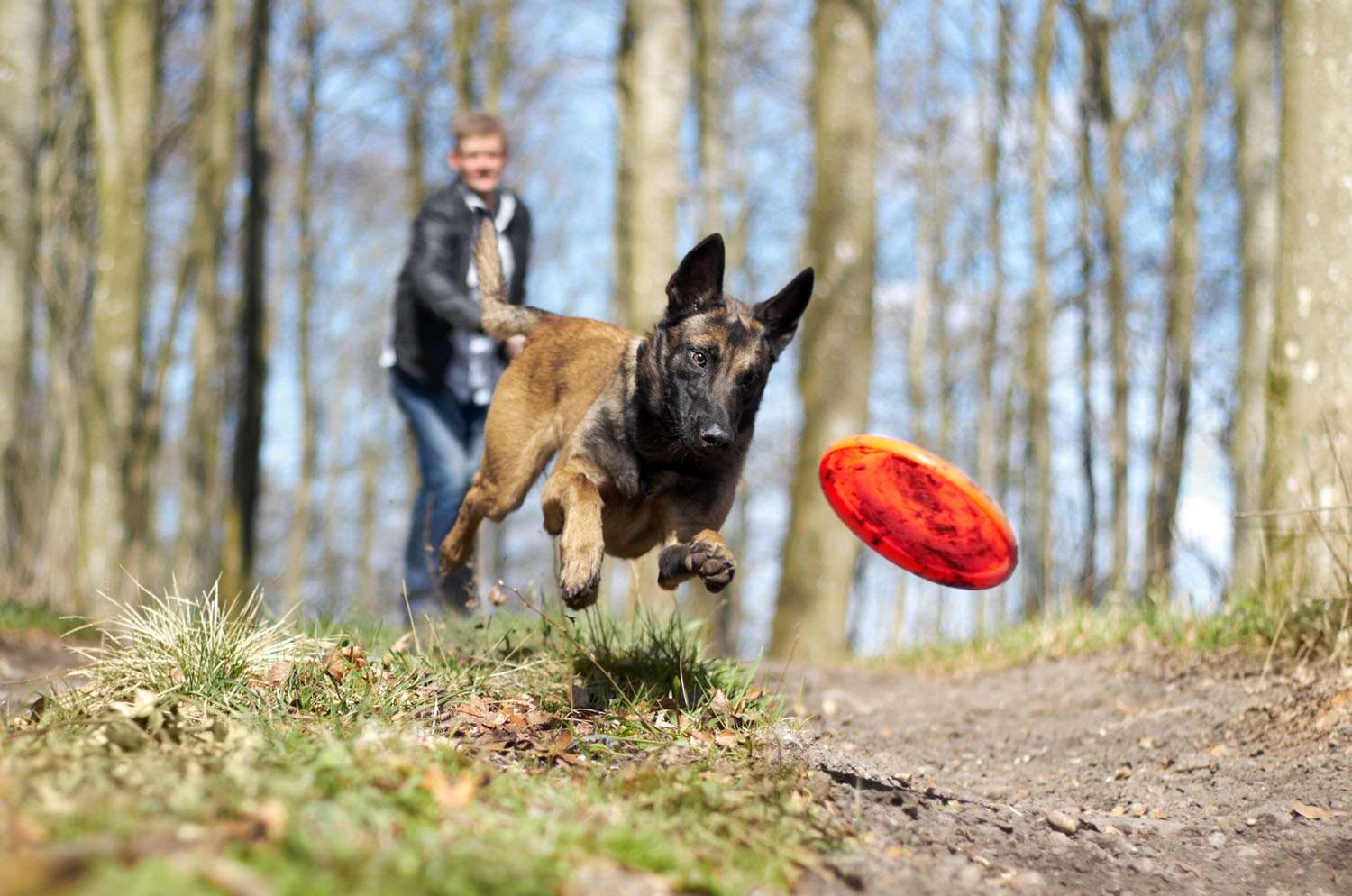

0 thoughts on “How To Cut In Ultimate Frisbee”